St. Petersburg marked 75 years of freedom, on January 27, 1944, the siege of Leningrad officially ended.
It was at these moments that most of these photographs were taken. A smile played on some faces after almost 900 days of horror; some said they didn't care because they were left with no one and nothing; some saw the light of day for the first time after months of hiding in dark basements… Pictures can be seen in the Museum of the Siege, which will soon get a new, monumental space.

Conditions during the siege were terrible, and the winter of 1941/42. was particularly strong. Temperatures in Lenjigrad dropped to -40 degrees Celsius. No heating, because the entire water supply network was blocked, and the only solution was to pump water through holes in the Neva River, which is also surrounded by thick ice. Everything was frozen. And the blood that flowed through the canals. Numerous witnesses, who survived those horrors, spoke of death from starvation or freezing in the middle of the street as everyday.

People would fall and die, and in the spring their bodies would be seen floating on the Fontanka River. It was a reality that even children were no longer terrified of during the long siege. "First the dogs and cats disappeared.

There were no more birds. Everything eaten, out of a pure instinct for survival. Wallpapers, putty from the windows, soup made of boiled leather were part of the war menu of the citizens, and in the end, they ate each other, and not only because they had nowhere to bury them. The horrors that cannot be described in words have greatly affected the consciousness of at least one post-war generation.

Hitler intended to level St. Petersburg, then Leningrad, to the ground. The operation was called "Northern Lights". But the unruly light that was coming from the opposite side in spite of everything won there.

The monumental sculpture of the Motherland is watching the Piskarjovskoye Memorial Complex, the eternal home of more than a million residents of Leningrad who did not survive the siege. The fascist offensive began in September 1941, and the citizens bravely resisted for 872 days, until January 27, 1944.

"Troy has fallen, Rome has fallen, but Leningrad will not," reads one of the marble blocks of the largest memorial center I have ever seen. Wreaths are brought every day, and the eternal flame has been burning non-stop since 1960, when the complex was built.

Only the names of celebrities are written on the endless walls. At least as many unknowns are buried here, they say. As my friend Natasha explained to me, there is no native in St. Petersburg today who did not lose at least one ancestor during the siege, which is called the Blockade here. After the end of the war, Leningrad was declared a hero city. Although it has changed its name in the meantime, that is, returned it originally, its inhabitants are proud of the dignity and courage they showed in the most tragic chapter of their history.
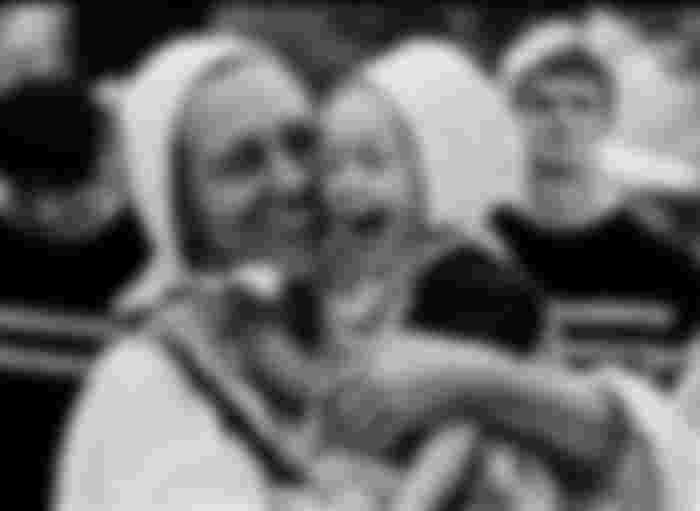

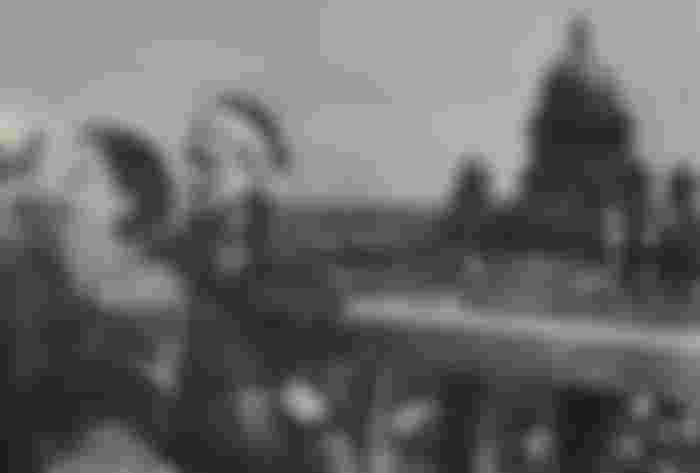
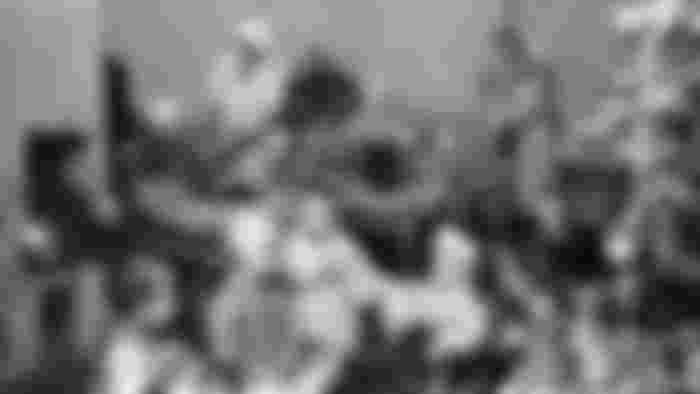
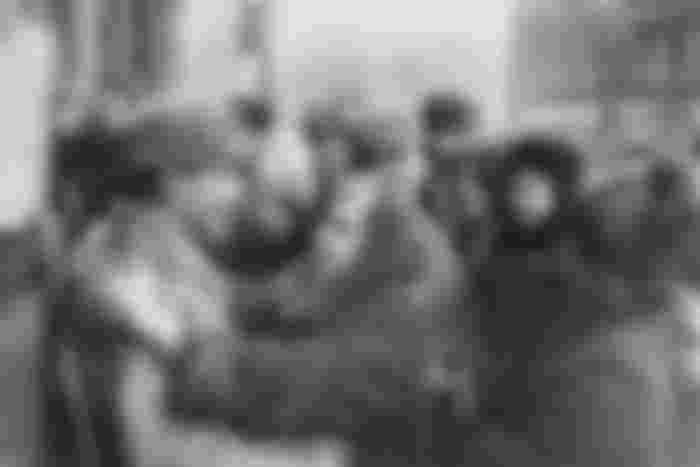
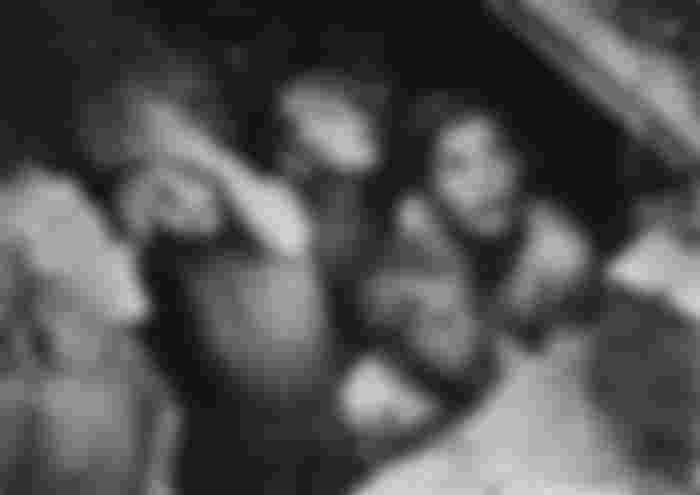
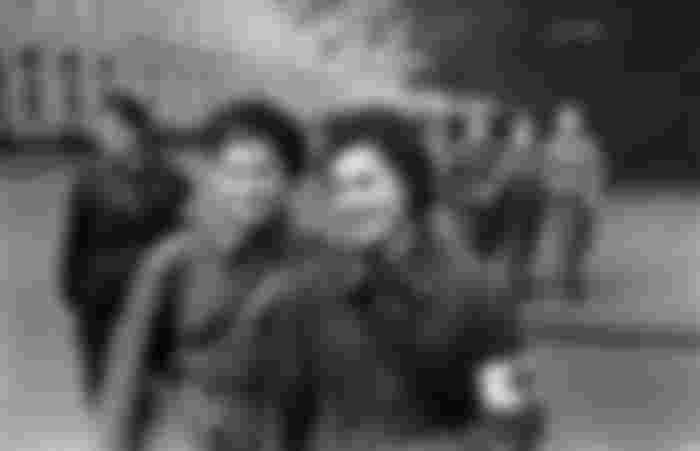
Lyudmila Rudenko, the heroine of Leningrad The second world chess champion was a man of many faces. In her youth she was an excellent swimmer, and during the Second World War she daringly rescued a train full of children from Leningrad at the last moment. 86-year-old Natalia Katunceva has a similar story. When German and Finnish troops surrounded the city, she was still a girl. She lost her father, who died of malnutrition. “He was employed at the university and received extra meals, but he brought everything to me and my mom. I still feel guilty, "she said. “The biggest danger was malnutrition. The shelling and bombs, although terrible, did not pose such a threat to my family compared to the lack of food, ”she recalled.